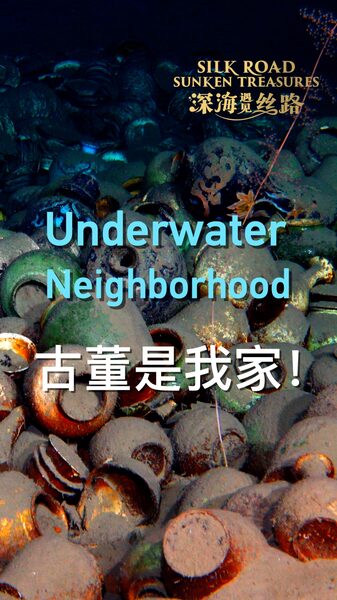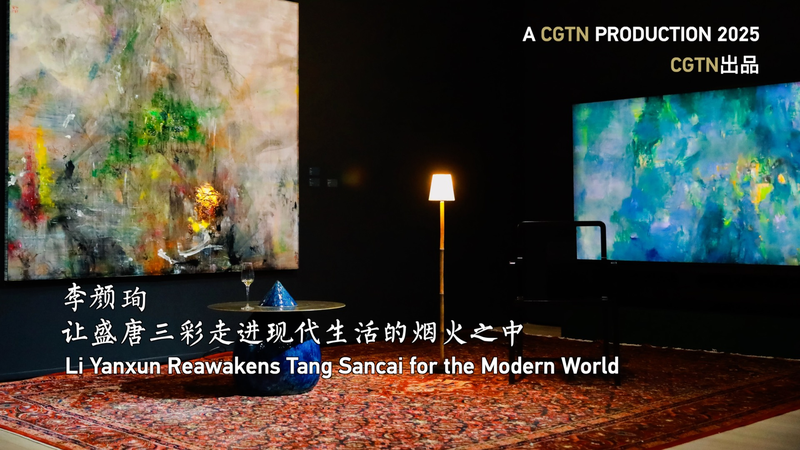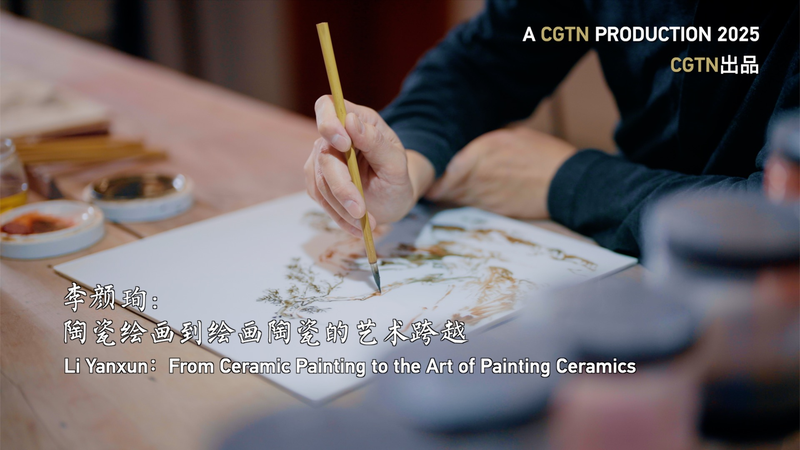Hey there, ocean explorers! 🌊 Have you ever wondered what happens to sunken ships and lost treasures resting at the bottom of the sea? Well, they turn into amazing homes for all sorts of marine life! Let’s dive in and discover this magical blend of history and nature.
Sunken Treasures Turned Sea Homes
When ships sink or treasures fall into the ocean, they don’t just vanish. Instead, they settle on the seafloor and become part of the underwater world. Tiny plants called algae and colorful corals begin to grow on them. Before long, these sunken items transform into bustling underwater neighborhoods!
Marine Life Moves In
Once the corals and algae start growing, sea creatures come to explore. It’s like when a new playground opens in your town! 🐠🐟 You’ll find fishes darting around, crabs scuttling over the surfaces, and even octopuses making homes inside old shipwrecks.
History Meets Nature
These underwater sites are like time capsules from the past. They tell stories of pirates, explorers, and ancient civilizations. 🏴☠️ As nature takes over, history and marine life blend together, creating a unique and magical environment.
Why Are These Underwater Homes Important?
These sunken habitats provide safe places for marine creatures to live, hide from predators, and lay eggs. They help keep the ocean’s ecosystem healthy and balanced. Plus, they offer scientists clues about the past and help us understand more about marine life.
Protecting the Underwater Neighborhoods
Some divers visit these sites to explore and learn. But it’s super important to protect them! They are homes to creatures and pieces of history. So, next time you think about sunken treasures, imagine the amazing underwater neighborhoods they’ve become!
Keep being curious and caring about our oceans, young adventurers! The sea is full of wonders waiting to be discovered. 🌊💙
Reference(s):
cgtn.com




